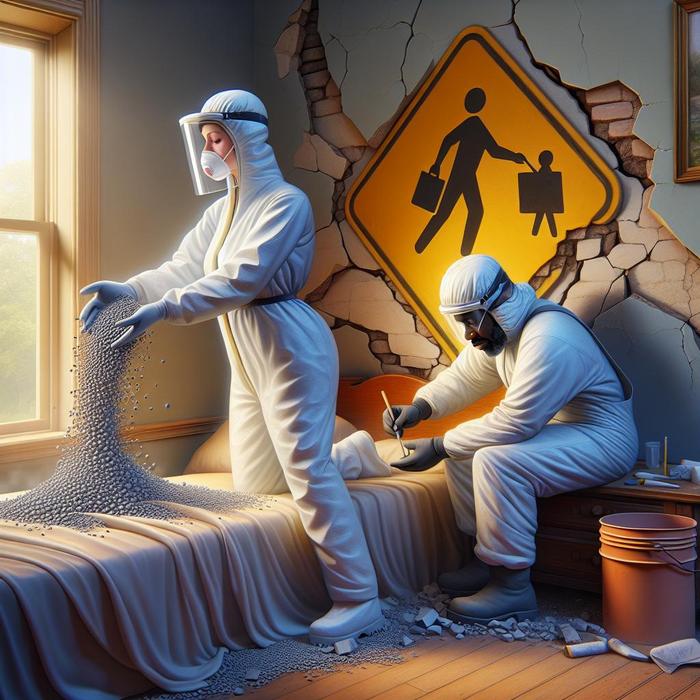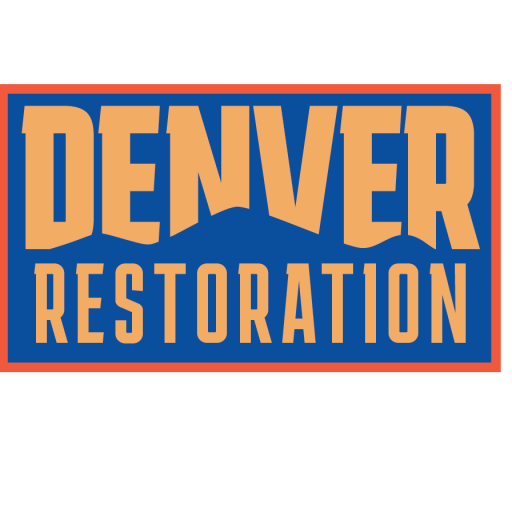Understanding the Hazards of Lead: The Need for Professional Abatement
Lead has been used for centuries due to its malleability and resistance to corrosion. However, it poses a significant health risk, especially when it accumulates in the human body. The US Department of Housing and Urban Development confirms that lead exposure, particularly in children, can result in learning disabilities, behavioral issues, and even physical harm. This is where the essential service of lead abatement comes in.
What is Lead Abatement and Why is it Important?
In essence, lead abatement refers to the complete removal or sealing of lead-based paint or materials. It is a critical process in maintaining the safety of homes and public spaces. The need for this service is especially paramount in older buildings, as they are more likely to contain lead-based materials.
Lead abatement can provide a liberating sense of safety in your living or working space. Not only it ensures physical well-being, but also peace of mind. It’s like removing an invisible threat, enabling you to live and breathe freely. Furthering your understanding of this subject, our comprehensive guide on what to expect when dealing with lead abatement is an excellent resource.
Ensuring Proper Lead Safety Practices
When it comes to lead safety, it’s crucial to trust only the professionals. The risks associated with mishandling lead-based materials are far too great. Professionals are well-versed in the intricacies of hazard removal, equipped with specialized equipment and trained to avoid harm.
Moreover, working with certified professionals ensures compliance with regulatory bodies. For instance, the guidelines provided by the Iowa Department of Public Health emphasize legally compliant and safe methods for lead-based renovations and paint activities.
The Role of Environmental and Health Safety in Hazard Removal
Professionals take a comprehensive approach to lead abatement, considering all environmental and health safety aspects. They understand the potential risks associated with lead dust and chips and ensure all materials are disposed of correctly.
It’s not just about the removal; it’s about safeguarding against further exposure. This includes thoroughly cleaning all surfaces to remove any residual lead dust and chips. After all, ensuring a clean, lead-free environment is our ultimate aim.
Wrap Up
To eliminate the hazards of lead in our homes and workplaces, professional abatement is paramount. It’s an investment that pays off not only in health, but also in peace of mind. So, break free from the hazards that lead poses and embrace the freedom of a safer environment. Remember, it’s not just about the now—it’s about the future too.
With a clearer understanding of lead abatement, it’s essential to keep yourself informed about other potential hazards around you, like asbestos. Find out more about this from our ultimate guide to asbestos removal for a healthier living space.
The Complexity of Lead Abatement
Lead abatement is a sophisticated process that involves more than just the removal of the hazardous material. It encompasses a range of activities including inspection, risk assessment, identification, containment, and finally removal or sealing of the offending materials. The complexity of the process is reflected in the expertise required to carry out this task effectively and safely. It is certainly not a do-it-yourself activity and requires professional expertise.
In the hands of professionals, the intricacy of the lead abatement process transforms into an orchestrated sequence of actions that adhere to a keenly designed plan. The teams involved work toward a singular goal: the elimination of the lead hazard that threatens the health and safety of the inhabitants of the premises.
One of the reasons for the high degree of complexity involved in lead abatement is the virility of the hazard itself. Lead in any form is a potent toxin – as dust or chips and even in the form that sticks to surfaces or objects. Therefore, it not only requires removal but also careful containment to prevent its spread.
Lead Abatement: The Legal Landscape
While the health risks associated with lead exposure have been well-documented, it is also crucial to understand the legal implications surrounding lead-based materials. The NYC Department of Housing Preservation and Development mandates that property owners must address and resolve any lead-based paint hazards in their apartments, particularly when children under six reside therein.
Moreover, various federal and state regulations bind lead-based paint activities, including its inspection, assessment, and abatement. Non-compliance with these rules may lead to penalties, fines, and even imprisonment. Therefore, engaging professionals who are familiar with these regulations is vital to ensure legal compliance.
What About Insurance?
Often, one of the greatest concerns for property owners or managers considering lead abatement is the expense. The cost of professional lead abatement can be significant, depending on the size and complexity of the project. However, it’s important to remember that these costs also cover the necessary insurance, which proves vital if things don’t go as planned.
Most professional abatement companies carry general liability insurance that includes coverage for pollution. This coverage protects you, the property owner, in the event of any unforeseen circumstances or damages that may occur during the abatement process.
Staying Proactive and Informed
The process of lead abatement is undoubtedly complex and can sometimes seem overwhelming. However, the integral role it plays in safeguarding health – both now and in the future – is undeniable. Staying informed and proactive about this subject is paramount.
Furthering your understanding of the prevalent hazards around you is essential for not just homeowners but also property managers and business owners. For instance, mold can pose significant health risks and damage to property if not addressed promptly. Learning more about professional mold solutions, from inspection to removal, is another step towards creating a healthier and safer living or working space. You can find more insightful information in our comprehensive guide about professional mold solutions.
Parting Thoughts
In essence, the process of lead abatement is a critical public health issue that demands a high degree of professionalism and an acute understanding of multiple factors. The insights shared above hope to illuminate the subject for homeowners, property managers, and business owners. Let us continue to educate ourselves and others, aiming for a healthier, safer world.
Furthermore, lead abatement is only the tip of the iceberg when it comes to restoring health and safety in our homes and workplaces. Lead is just one of the many potential hazards that may lie hidden within our walls or beneath our floors. Other dangers like asbestos, mold, and fire damage also necessitate professional handling. You can embrace a safer environment by learning more about the restoration process from our restoration guide. Remember, knowledge is power, and in this case, the power to live healthily and safely.

